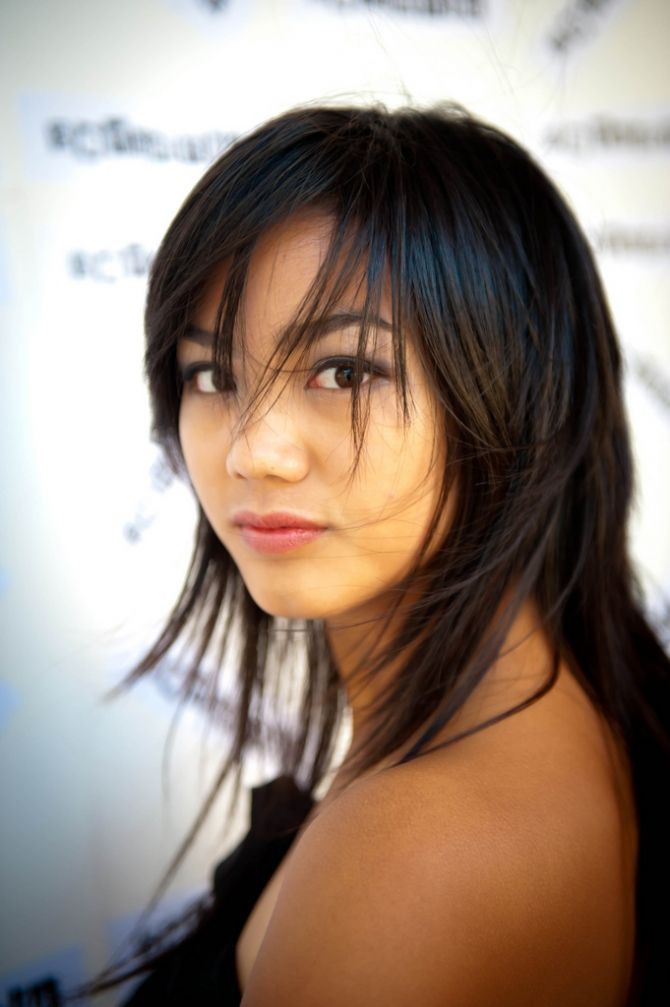Your Left Side Is More Eye-Pleasing Than Your Right

According to a new study, images of the left side of the human face are perceived as more pleasant than of the right side of the face. This is because humans display a greater range of emotions on the left side of the face.
The work is published online in journal Experimental Brain Research.
The authors, Blackburn and Schirillo wanted to know if there are differences in perception of the left and right side of face in real-life photographs of people.
For the study, participants were asked to rate the pleasantness of male and female faces. Both sides of the face were shown to the participants. The photographs shown were both original and mirror images.
The researchers found that participants rated left-side of the face to be more appealing than the right. Even mirror images that showed left side of the face was rated as more appealing than the original right-side photograph. There was a strong inclination towards left-sided photographs of both male and female.
Pupil dilation was used to measure preference. This is a more reliable way of determining preference as it is unconscious and so unbiased. Pupils dilate when we see something that we feel is more attractive and they constrict when we see something unpleasant.
“Our results suggest that the poser’s left cheeks tend to exhibit a greater intensity of emotion, which observers find more aesthetically pleasing. Our findings provide support a number of concepts - the notions of lateralized emotion and the right hemispheric dominance with the right side of the brain controlling the left side of the face during emotional expression,” the authors explained.
There are a number of studies that deal with the aesthetics of human face. One such study is published in the journal Symmetry.
“We found no statistically significant differences in the attractiveness ratings of full and hemi-faces (whether left or right). Instead, we found a strong and significant positive correlation between the ratings of the hemi and full-faces. These results are consistent with the view that the underpinning of human facial beauty is complex and that bilateral symmetry does not constitute a principle factor in beauty assessment,” write Dahlia W.Zaidel and Marjan Hessamian of the Department of Psychology, University of California, LA.
For the study, three separate groups of participants viewed and rated the attractiveness of 56 full faces (women’s and men’s), their 56 vertical left hemi-faces and 56 right hemi-faces.
Chances are that you too were puzzled about right and left when you were learning your letters. Both ‘b’ and ‘d’ look the same and it takes a child some time to grasp the knowledge that the two letter are written differently.
Experts believe that mirror reversing a painting alters its meaning. The placement of objects in the visual field is important in a painting. People regard objects in the ‘right’ to be heavier and even conspicuous while objects on the left are felt as being more clear.
According to some art-experts, the ‘glance curve’ also plays an important role when a person is viewing a painting. It is ‘easier’ to view a painting from left to right than it is in viewing right-left. It is assumed that we see a picture like we read. So, if you have learnt to read left-right way then you may view a painting from left-right way too.
Published by Medicaldaily.com



























